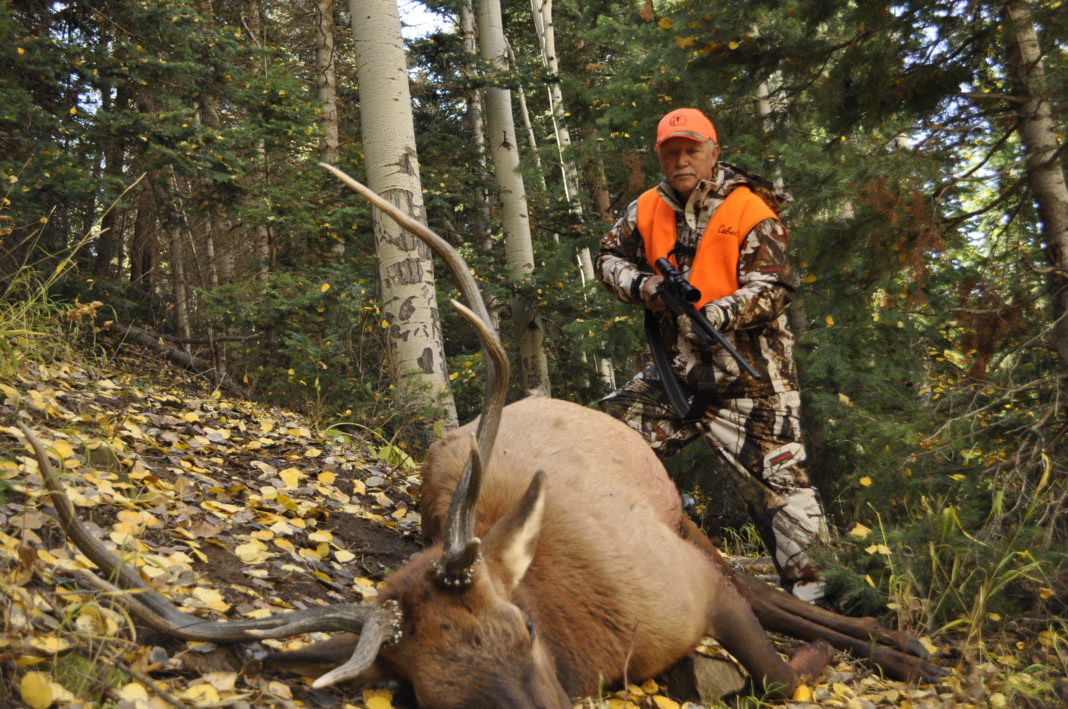If you have a big-game hunt planned this fall, now is the time to select the scope that may literally separate success from “there’s always next year.” You may be hearing about first focal-plane and second focal-plane reticles and wondering which is best for your hunt. Another important factor to consider: Ballistic calibrated scopes have become popular in recent years; with this set-up, you dial in a known distance, put the reticle where you want the bullet to strike, and carefully squeeze the trigger. This sounds like the perfect scenario, yet what if that elk or mule deer moves closer or farther away? Once you have the optic dialed in for 300 yards, will you remember to return the zero to 100 or 200 yards?
I’m beginning to believe that first focal plane reticles are preferable for longer range shooting, and I’m positive about ballistic calibrated scopes. Last fall, I had a bull elk partially appear at 100 yards, yet I could not see a fourth point on its rack to make it legal. I knew the range, had a solid rest, and would have had the scope dialed in for a perfect shot. Suddenly, the bull disappeared into a sea of oak brush and emerged in a tiny opening 350 yards away. I instantly swung, aimed a bit higher, and made a lethal shot. There was no time to adjust for distance; all I could do was look through the scope. For this reason, I’ve become a fan of BDC (Bullet Drop Compensation) scope reticles offered by Vortex, Nikon, and other manufacturers.
The folks at Vortex have developed two brief videos to cover these topics with great clarity. Check them out, and you’ll make a more informed decision when selecting which scope to buy. Personally, I’m leaning toward the Viper 4-16X50.
Videos: First vs. Second Focal Plane | Using the Dead-Hold BDC Reticle



















![The Best Deer Camp Chili [VIDEO] Deer Chili Ingredients, Tomatoes, Chili Spices](/wp-content/uploads/2015/10/Deer-Chili-Deer-Camp-Recipe-218x150.jpg)
![How to Call Elk Early in the Season [VIDEO]](/wp-content/uploads/2016/08/byers003-218x150.jpg)




![Idiots Disturb Hunter: How Would You Have Handled It? [VIDEO]](/wp-content/uploads/2015/10/DSC00110-e1474487693878-100x70.jpg)
![Albino Buck Shocked to Shed His Antlers [VIDEO]](/wp-content/uploads/2015/10/AlbinoDeer-100x70.jpg)